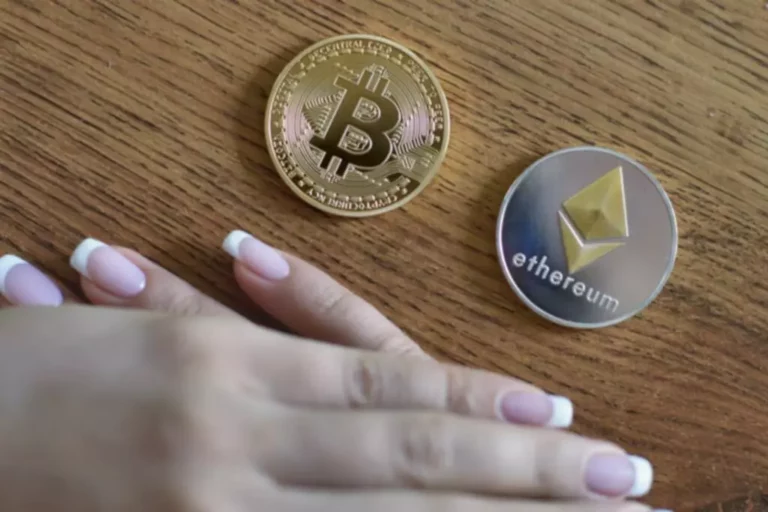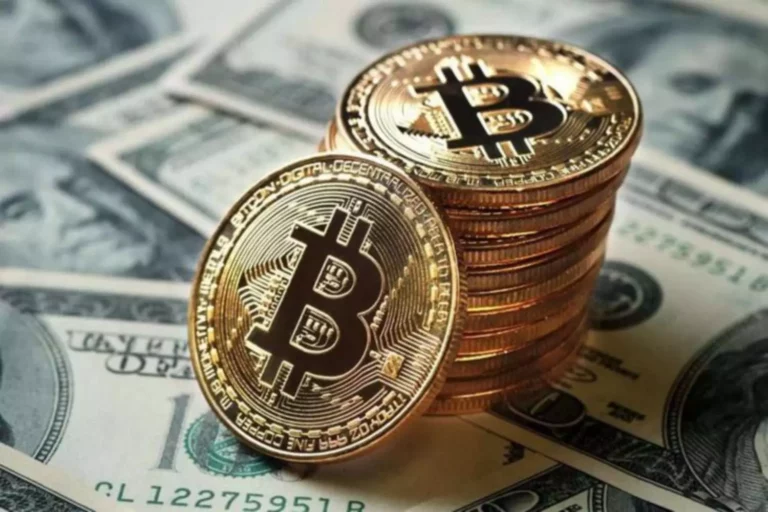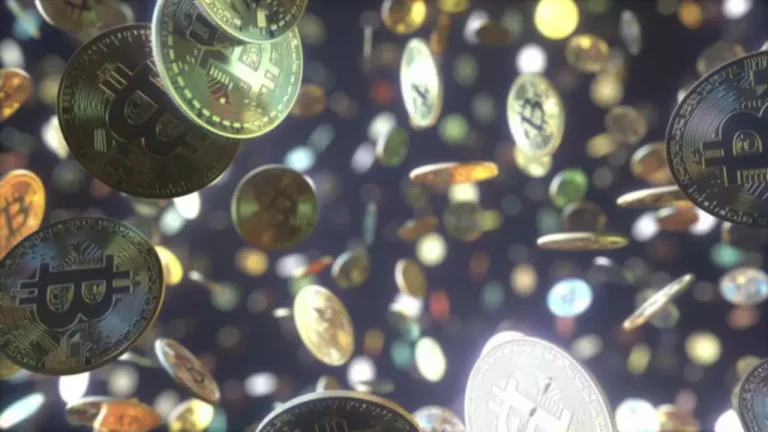How to Make Money With NFT: Create, Buy, Sell in 2022 by Mircea Iosif Coinmonks
At best, you could end up like Mike Winkelmann, otherwise known as Beeple. Winkelmann’s unique art style garnered him a very healthy follower count on Instagram. Despite his popularity, the most he’d made from his digital creations before NFTs was $100 for a print. In March of last year, he broke records with a $69 million sale. Despite protestations from skeptics, the popularity of NFTs (non fungible tokens) is not abating.
If you don’t want to sell your NFT just yet, you can flip off the “Put on marketplace” switch, which is on by default. On Ethereum, you’ll have to do a one-time approval transaction to “initialize” your wallet if it’s your first NFT, which we discussed above. Buying crypto could be its own separate explainer, but here’s a guide to get you started. After clicking the Create button, you’ll be brought to the create new item page. It’s also worth noting that paying gas does not 100 percent guarantee your transfer will go through. You can pay more to give yourself a higher chance, but it is never a sure thing.
It is called hosted because users’ crypto is automatically stored in it by a third party. On top of that, users have to make sure that the hosting company is both trustworthy and competent. When you upload your digital asset to a marketplace, you will have the option to upload it as a 1 of 1 collection ( an NFT that has been issued as a single, unique edition). NFT art has become the most popular and profitable entry into creating NFTs.
Good news — you don’t have to be a digital artist to succeed as an NFT entrepreneur. Despite what you might assume, non-fungible tokens (NFTs) are not just for cryptoart. In fact, there are loads of applications for NFTs across a variety of industries. In the same way collectors pay huge sums for cult toys and rare merchandise, the Doge NFT shows how digital scarcity can make iconic creations valuable.
That helps you avoid the situation where you pay $10 to $30 (or more!) to mint an NFT that no one ends up buying. If you just have the vague idea that you want to make an NFT because seemingly everyone is doing it, there are a few considerations you may want to take into account. While the platforms that we’ll cover today will let you create NFTs for free, selling them could be a different matter. In almost every case, the files aren’t actually stored on the blockchain itself.
After you finish this process, your NFT will be listed, and other collectors might start buying assets from your collections. If your asset is somehow special, you will be able to sell your NFT. This is what it looks like to complete the listing for your NFT sales. As you can see, the platform will ask for a one-time gas fee to initialize your wallet. All music tracks, artwork, text pieces, apps, files, as well as real-life objects (such as concert tickets or unique merchandise) can be accompanied by their own NFTs. This allows artists and content creators new ways to share their experiences with their audience.
The CryptoPunks collection contains 10,000 pixelated images containing punks, and it’s one of the first forms of generative digital art examples. The collection was minted on the Ethereum blockchain in 2015, and each NFT is unique, having a set of features that sets it apart from other items from the collection. Some NFT artists have sold their art at staggering prices that rival physical artwork.
Storage of digital assets with NFTs is another cause of concern. In the technical sense, an NFT is nothing more than a chunk of data written to a blockchain. While you can theoretically add your digital artwork to the NFT itself, it’s cost-prohibitive given the expensive calculations inherent to blockchain tech. As such, NFTs merely point to a corresponding file somewhere else on the web. An NFT, or non-fungible token, is a unique record, created with the same blockchain technology that powers cryptocurrencies.
Once you have chosen the digital artwork for your NFT, it is time to choose a marketplace that allows you to create your NFT on the blockchain and then sell it. First, you need to choose an NFT platform to create and sell NFTs. Next, you’ll need a cryptocurrency wallet to mint NFTs, pay fees, and receive cryptocurrency as payment if you sell your NFTs. The possibility of turning art into nonfungible tokens is something that many artists are exploring as a potential way to sell their work.

You can use the right technology and develop beautiful creations to sell as an NFT if you have the right technology. As a result of these protocols, token holders can influence how their ecosystems develop in the future. Staking NFTs yields coins that can be re-invested into other yield-generating protocols in the majority of cases. NFT enthusiasts, https://www.xcritical.in/ developers, and entrepreneurs, over the years, have asked the question, “How to build non-fungible tokens and monetize them”. When it comes to how to make money with NFTs, it’s only limited by your imagination. Anyone can turn famous tweets, Facebook posts, Instagram photos, and more into NFTs and sell them — that’s the beauty of NFTs.
- The money for this transaction is only going towards gas, not a fee for OpenSea, so how much it costs depends entirely on how much Ethereum’s gas fees are at the moment.
- Well, blockchain-based games give you room to purchase and trade NFTs.
- It helps them add value and scarcity to their digital creations, without needing to produce something in a physical space.
- If you do fancy taking a punt and throwing some money into making NFT art, though, we wish you the best of luck.
- The renting process isn’t any bit complicated, it works the same way you lease out a real estate property and collect rent.
- You can find out by conducting a fast search on the internet and in the marketplace.
With NFTs listed on Ethereum or Polygon, you’ll have the option to create a listing for a fixed price, and on Ethereum, you’ll have the option to create a timed auction as well. Depending on the options you’ve selected and what kind of file you’re selling as how to create an NFT an NFT, there might be a bit of a wait as things upload. After it finishes, you’ll see a screen saying that your NFT was created. You can create your own smart contract, deploy it to the blockchain of your choice, and then mint your own tokens using it.

You can find plenty of NFT artists on Fiverr that can create amazing NFTs for you at very affordable prices. This is what most new businesses do since is an inexpensive strategy that can provide a great return on investment. If you’re acquiring an NFT, there are a few different ways to do it. The most common method is to buy them from an exchange, but you can also find them for sale on forums and social media.
The NFT creation process will enable you to turn your digital file into a marketable NFT. Anyone can create a piece of art, mint it as an NFT, and put it up for sale. Many NFT creations have been quite successful; most likely due to the popularity of the creator.




